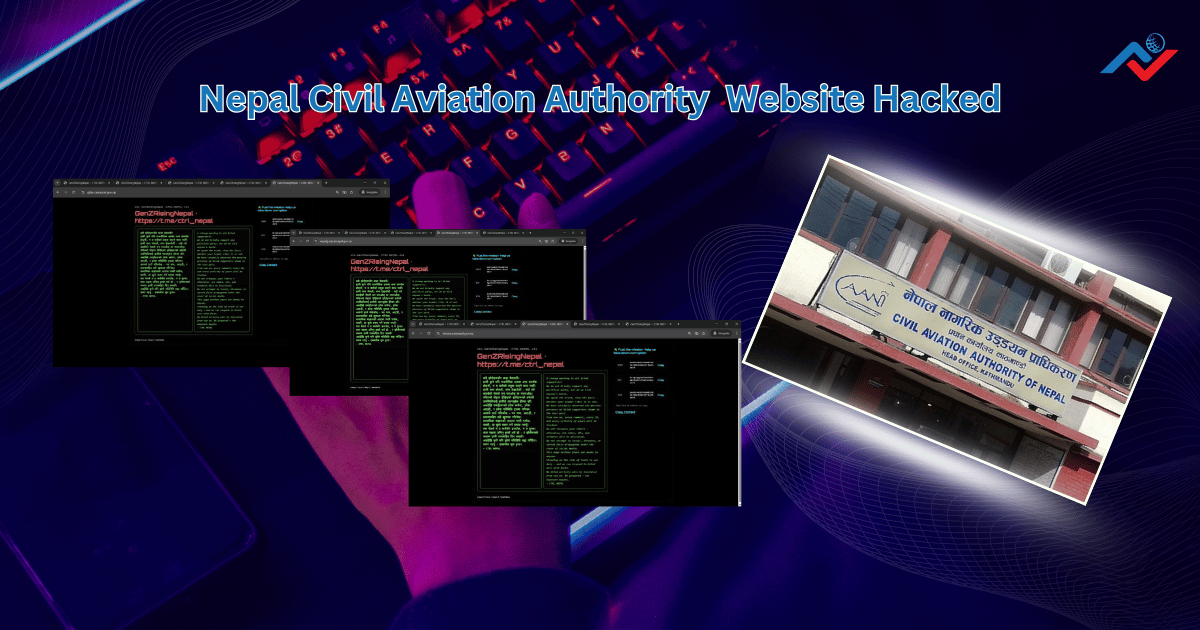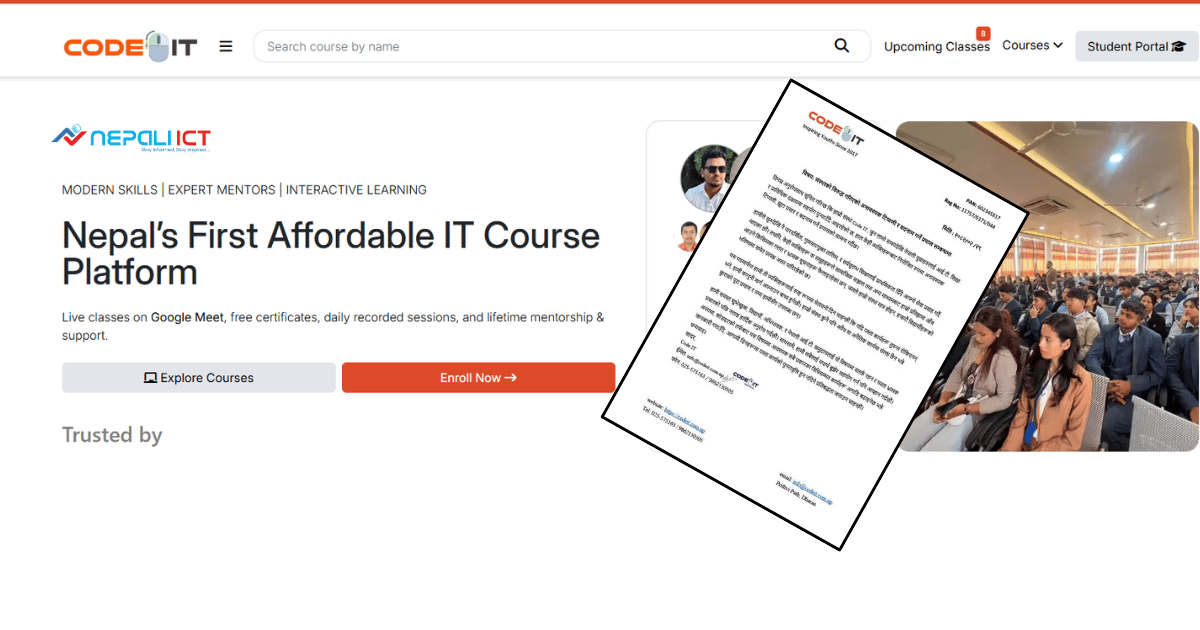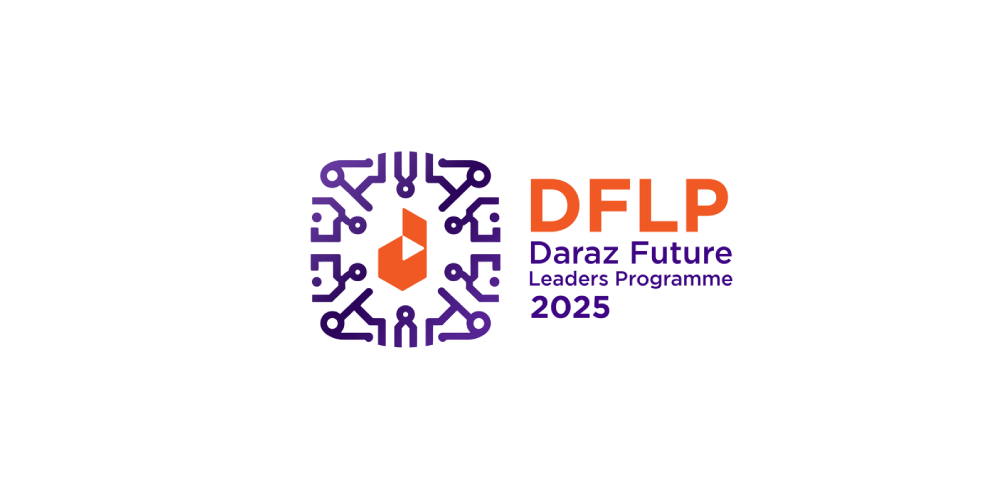Kathmandu-The cybersecurity risks computer donations pose to Nepal’s government offices have become a critical concern following the devastating Gen-Z movement protests in September 2024. As well-meaning individuals and organizations rush to replace destroyed government IT equipment, security experts warn of potential threats hidden within seemingly charitable computer donations.
The Gen-Z Movement Aftermath: A Perfect Storm for Cyber Threats
The Gen-Z movement that began on September 6, 2024 (23 Bhadra 2082), started as a peaceful protest against corruption, mis-governance, and social media restrictions. However, the government crackdown resulted in 19 protesters’ deaths and escalated into widespread destruction of government infrastructure.
Immediate Impact on Government Digital Infrastructure
The cybersecurity risks computer donations became evident when anarchist groups, operating under the Gen-Z banner, systematically destroyed government IT equipment across Nepal:
- Government computers and IT equipment were either burned or looted
- Digital service delivery systems were completely disrupted
- Critical government databases faced potential data loss
- Emergency relocation of government offices to alternative buildings
- Inability to procure new equipment due to bureaucratic procurement processes and budget limitations
Why Computer Donations Create Cybersecurity Risks for Government Offices
Understanding the cybersecurity risks computer donations present requires recognizing what government computers actually handle:
Sensitive Data Stored in Government Systems
- Citizen identification data including biometric information
- Financial transaction records and government budget details
- Personal recommendations and official document processing
- National ID card data and citizenship certificate information
- Real-time access credentials for multiple government systems
Critical Government Operations at Risk
Government employees use login credentials to access systems that handle:
- Payment processing and financial disbursements
- Citizen service delivery through digital platforms
- Inter-agency communication and data sharing
- Official document verification and issuance
- Emergency response coordination systems
Real-World Example: Operation Grim Beeper and Supply Chain Attacks
The cybersecurity risks computer donations mirror the sophisticated supply chain attack executed by Israeli intelligence in September 2024. Through “Operation Grim Beeper,” Israel infiltrated Hezbollah’s communication network by:
- Creating shell companies to supply compromised pagers and walkie-talkies
- Embedding explosives disguised as batteries in communication devices
- Coordinating simultaneous detonation killing 12 and injuring 2,750 people
- Demonstrating how trusted supply chains can be weaponized
This operation illustrates how cybersecurity risks computer donations can be exploited for malicious purposes, making Nepal’s current situation particularly vulnerable.
Technical Threats: How Cybersecurity Risks Computer Donations Materialize
1. Keylogger Infiltration
Hardware keyloggers embedded in donated computers can:
- Record every keystroke including passwords and sensitive data
- Transmit information to unauthorized third parties
- Remain undetected by standard antivirus software
- Provide complete system access to malicious actors
2. Advanced Persistent Threats (APTs)
Sophisticated malware in donated systems can:
- Disable antivirus software and security protocols
- Stream live video from cameras and capture screenshots
- Grant remote access to unauthorized users
- Exfiltrate sensitive government data continuously
3. Supply Chain Compromise
The cybersecurity risks computer donations include:
- Pre-installed malware on seemingly new equipment
- Compromised firmware that’s nearly impossible to detect
- Modified hardware components with hidden functionality
- Backdoor access built into system architecture
For detailed information about government cybersecurity protocols, visit the Department of Information Technology and National Information Technology Center.
Common Attack Vectors in Donated IT Equipment
Hardware-Based Threats
- Keylogger keyboards that record all typed information
- Bad USB devices (Rubber Ducky attacks) for system compromise
- Malicious data cables (O.MG cables) for remote access
- Modified network equipment for traffic interception
Software-Based Threats
- Pre-installed spyware for continuous monitoring
- Rootkits that hide malicious activities
- Remote access trojans for system control
- Data harvesting malware for information theft
Protecting Against Cybersecurity Risks Computer Donations Present
Immediate Security Measures
Government offices should implement these protocols when offered IT donations:
- Decline direct hardware donations from unknown sources
- Request cash equivalents instead of physical equipment
- Suggest alternative support like furniture or office supplies
- Verify donor credentials through official channels
Long-term Security Framework
- Mandatory security audits for all IT equipment
- Isolated testing environments for donated hardware
- Professional penetration testing before deployment
- Regular security awareness training for government employees
Safe Alternatives to Direct Computer Donations
Recommended Approach for Donors
When offering support to government offices, legitimate donors should:
- Provide cash donations equivalent to equipment value
- Supply non-technical items like furniture and office supplies
- Support infrastructure development through official channels
- Coordinate with IT security professionals for equipment verification
According to Nepal’s National Cyber Security Policy, all government IT procurement must follow strict security protocols.
Red Flags in Donation Offers
Government offices should be suspicious of donors who:
- Insist on providing only computers and IT equipment
- Refuse alternative donation suggestions
- Lack proper organizational credentials
- Push for immediate installation without security checks
- Avoid discussions about security protocols
Building Cybersecurity Awareness in Government Offices
Training Government Employees
- Regular security briefings about current threats
- Phishing simulation exercises and response protocols
- Incident reporting procedures for suspicious activities
- Best practices for handling sensitive government data
Establishing Security Protocols
- Multi-factor authentication for all government systems
- Regular security audits and vulnerability assessments
- Encrypted communication channels for inter-agency coordination
- Backup and disaster recovery procedures
For cybersecurity best practices, consult the Computer Association of Nepal and international security frameworks.
The Role of Legitimate Organizations in Supporting Government IT
Verified Donor Organizations
Reputable organizations supporting Nepal’s digital infrastructure include:
- International development agencies with established track records
- Certified IT companies with government contracts
- Educational institutions with formal partnership agreements
- Transparent NGOs with proper registration and oversight
Proper Donation Channels
- Official government procurement processes
- Transparent bidding procedures for IT equipment
- Third-party security verification before deployment
- Documentation and audit trails for all donations
Future Implications: Building Resilient Government IT Infrastructure
Long-term Security Strategy
Nepal’s government must develop comprehensive strategies addressing cybersecurity risks computer donations present:
- National cybersecurity framework development
- Public-private partnerships for secure IT procurement
- Emergency response protocols for cyber incidents
- International cooperation on cybersecurity threats
Investment in Domestic IT Capabilities
- Local IT manufacturing and assembly capabilities
- Indigenous software development for government applications
- Cybersecurity education and workforce development
- Research and development in information security
Conclusion: Balancing Charity with National Security
While the generosity of individuals and organizations offering computer donations is commendable, the cybersecurity risks computer donations pose to Nepal’s government infrastructure cannot be ignored. The Gen-Z movement aftermath created an unprecedented vulnerability window that malicious actors could exploit.
Government offices must prioritize national security over convenience, implementing rigorous protocols for evaluating IT donations. By requesting cash equivalents or non-technical support instead of direct hardware donations, offices can maintain security while still benefiting from community support.
The lessons from international supply chain attacks like Operation Grim Beeper serve as stark reminders that even well-intentioned donations can become vectors for sophisticated cyber attacks. Nepal’s path to digital recovery must be built on secure foundations, not rushed implementations that could compromise national security for decades to come.
For updated cybersecurity guidelines and government IT policies, monitor the Ministry of Communications and Information Technology announcements and security advisories.
Security Disclaimer: This article provides general cybersecurity awareness information. Government offices should consult with certified cybersecurity professionals and follow official protocols when handling IT equipment donations or implementing security measures.
Also Read
Gen Z Luxury Brand Boycott: How Young Consumers Are Ditching Expensive Brands in 2025























Comments